A set of temporary and needed boundaries in society are providing time for a return to writing. While hopefully temporary, these surfaces are all too real. The first set of surfaces are the ones which have always existed in my everyday but now take on added meaning. The walls of my apartment now act as a healthcare tool while continuing to define what I call home. The second set of surfaces is the ever morphing six-foot social distance established by emergency declaration. A sanctioned adjustment to my ‘field of self’ (Evernden - The Natural Alien) that redefines aspects of my everyday which I continue to come to terms with to understand my value and agency.
The essay below was started in 2017 and considers questions of surface and meaning through art and installation. The current context gives me the time to complete this thought.
________________________
In 2016 and 2017 I visited exhibits in Rome and Mexico City which caused me to reflect on installation design. The question which intrigued me was how each exhibit was required to ask - how is a surface established for the art to be exhibited. The curators did not, or in cases could not, take the gallery walls for granted. This is not a new question within architectural and art theory. In someways it is a classic architectural question. The formulation of enclosure through the built environment relative to the social formation of space. The foregrounding of enclosure as art, object, and message versus the back-grounding of enclosure as container, mundane, and neutral meaning. A main line theory of this question can be viewed through a series of seminal museums. The Guggenheim in New York City as galleries which define the works. The Guggenheim in Bilbao as gallery defined by art, with a room designed for the eventual installation of a specific work of art - Guernica. A work which to this day still awaits a political solution to fully resolve the architectural argument put forward. Remaining in western theory, the Centre Pompidou approaches the discussion from the perspective of adaptability. The reflection below does not intend to re-argue this main line debate. The question which focused my thoughts during these recent trips was how the curator and installation design team were required to address this question beyond a theoretical discussion but as a design iteration of the space and architecture itself. The architectural team established the context and milieu surfaces. The artists establish the art surface. The curator and installation design team is left to ultimately establish the surface on which the art is experienced. One approaches the art as produced through these three layers and voices.
My experience lead to a reflection on how each architectural statement resulted in curatorial teams and museum goers needing to take a clear position in space and establish surfaces which generated meaning beyond the voice of the artist toward a meaning of place and experience. With little opportunity to default to a neutral standard, a given, a type, the artistic and viewer position was continually questioned.
Thoughts from my walks through the MAXXI (Rome), The Museum of Modern Art (Mexico City), The Trotsky Museum (Mexico City), The Secretariat of Education (Mexico City), and Parson MFA Studios (New York City).
Rome
MAXXI, 2016
How one relates to the other is an act of defining oneself. The MAXXI in general is one continual question of how one is defined by the other. The building is difficult to comprehend outside of context or the manner by which it is defined through a relationship with context. Yes, one can argue that everything and everyone is always in relationship to a context and is defined by such a relationship. There is a difference between acknowledging context as important versus taking the critical position that to define me is to also define the other. By putting oneself or the people within a design in a continual place to question how this relationship the MAXXI engages in a formal response to the question of our current time. How do my actions impact others and how do their actions define me.
When I was at the MAXXI there were three concurrent shows. Each show answered in different ways the question of how enclosure and surface define the means by which I understood the art as well as the context of the museum and the context of the city.
Extraordinary Visions, L’Italia ci guarda
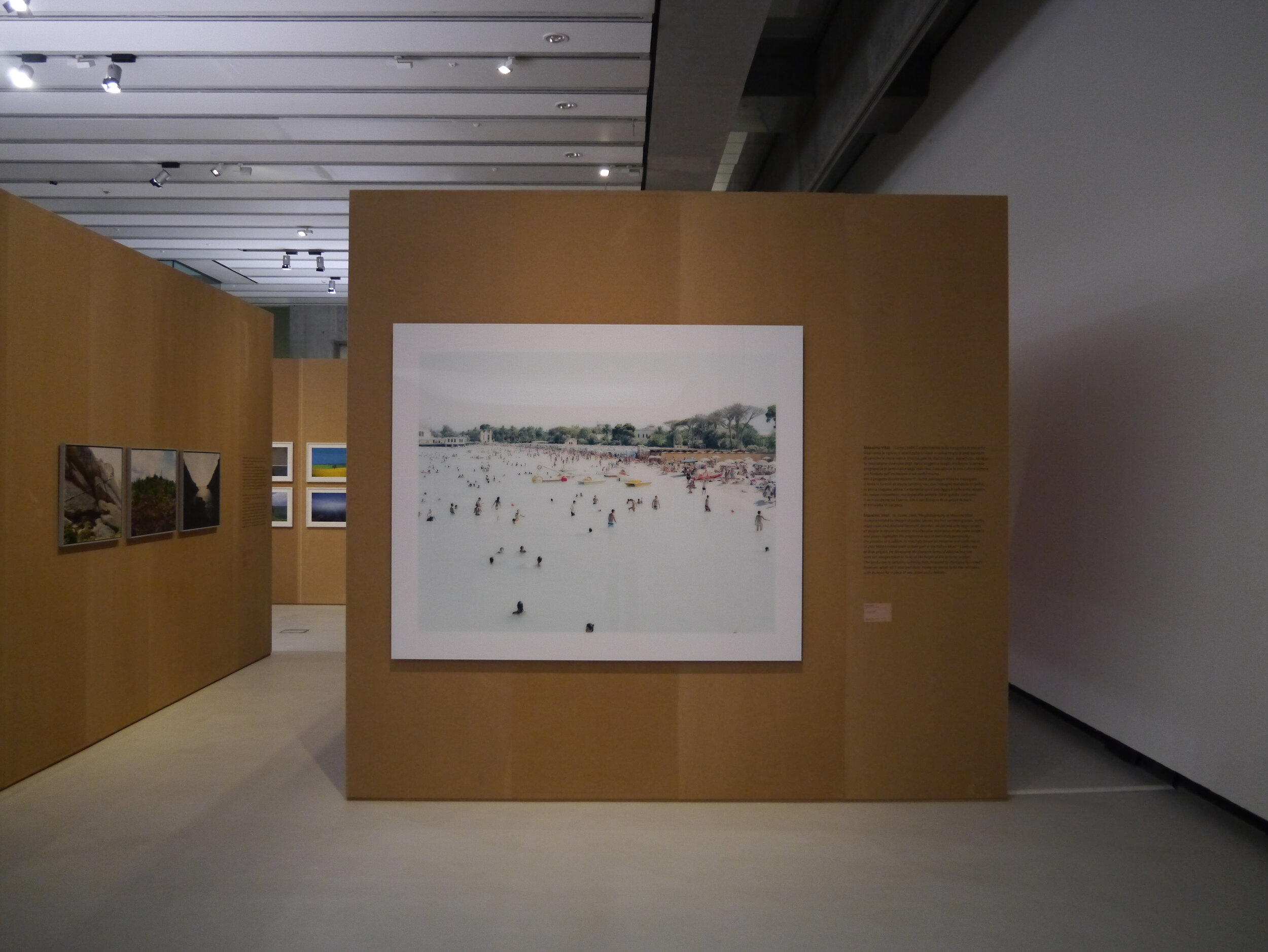
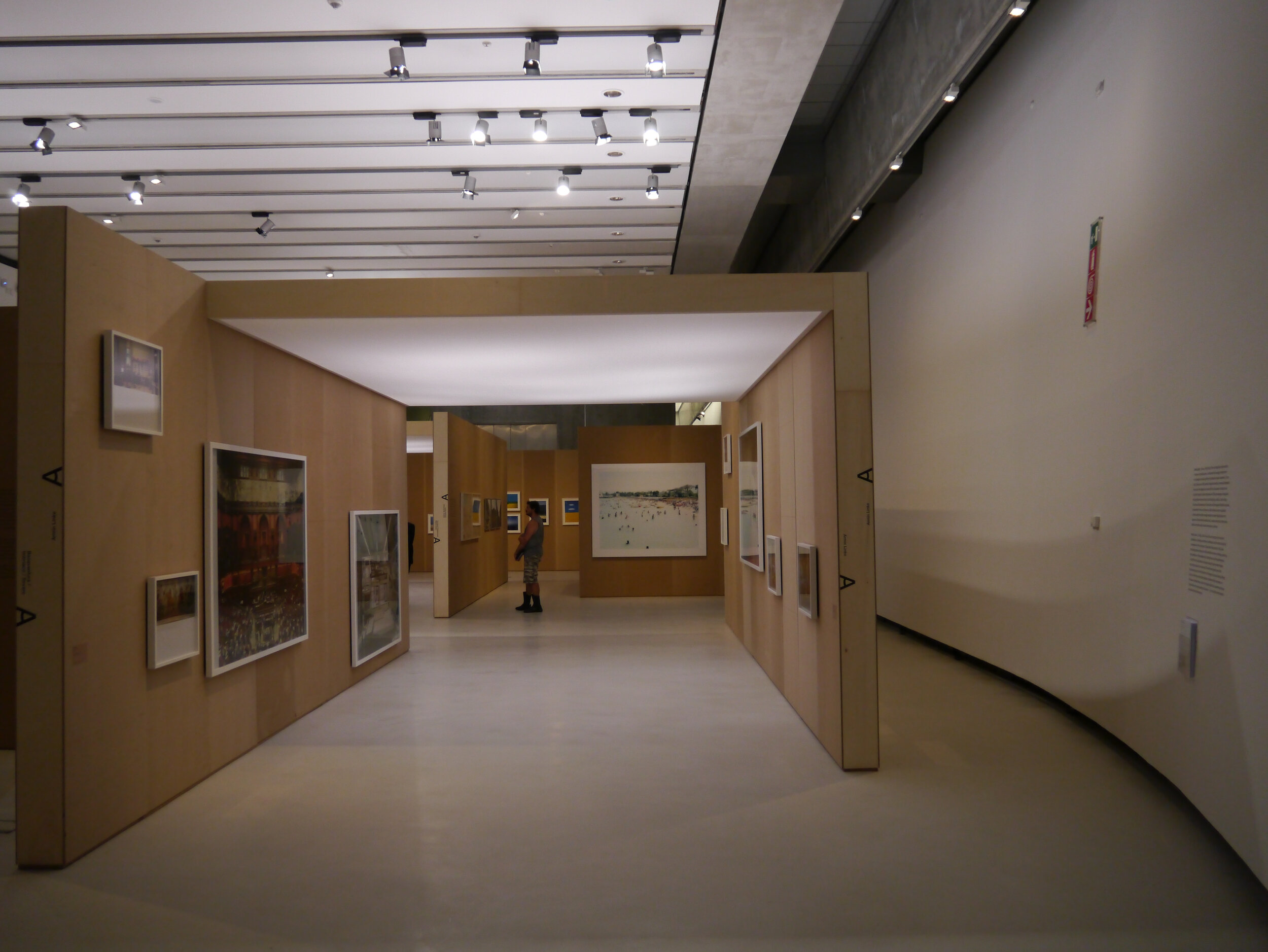
The Extraordinary Visions show developed a clear primary secondary and tertiary environment. The secondary architectural plywood surfaces set within the primary museum container worked to reduce the scale of the space and brought the works into a more intimate relationship with the viewer. This secondary surface became the primary experience in the show. The wood grain surface and the diffusion of the focused light fixtures worked to use the resources of the larger museum space while constructing an environment within the larger architectural context.
Permanent Collection
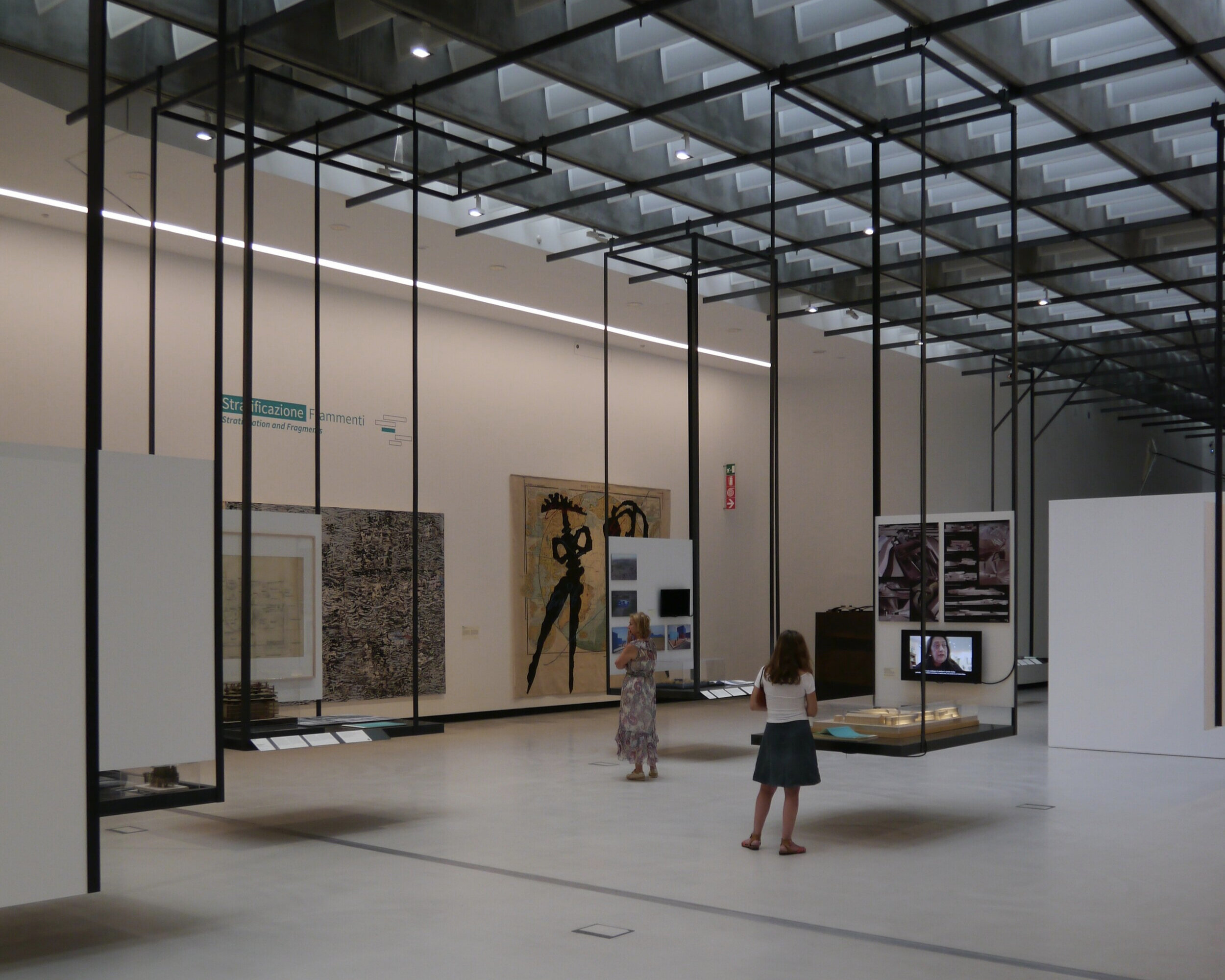

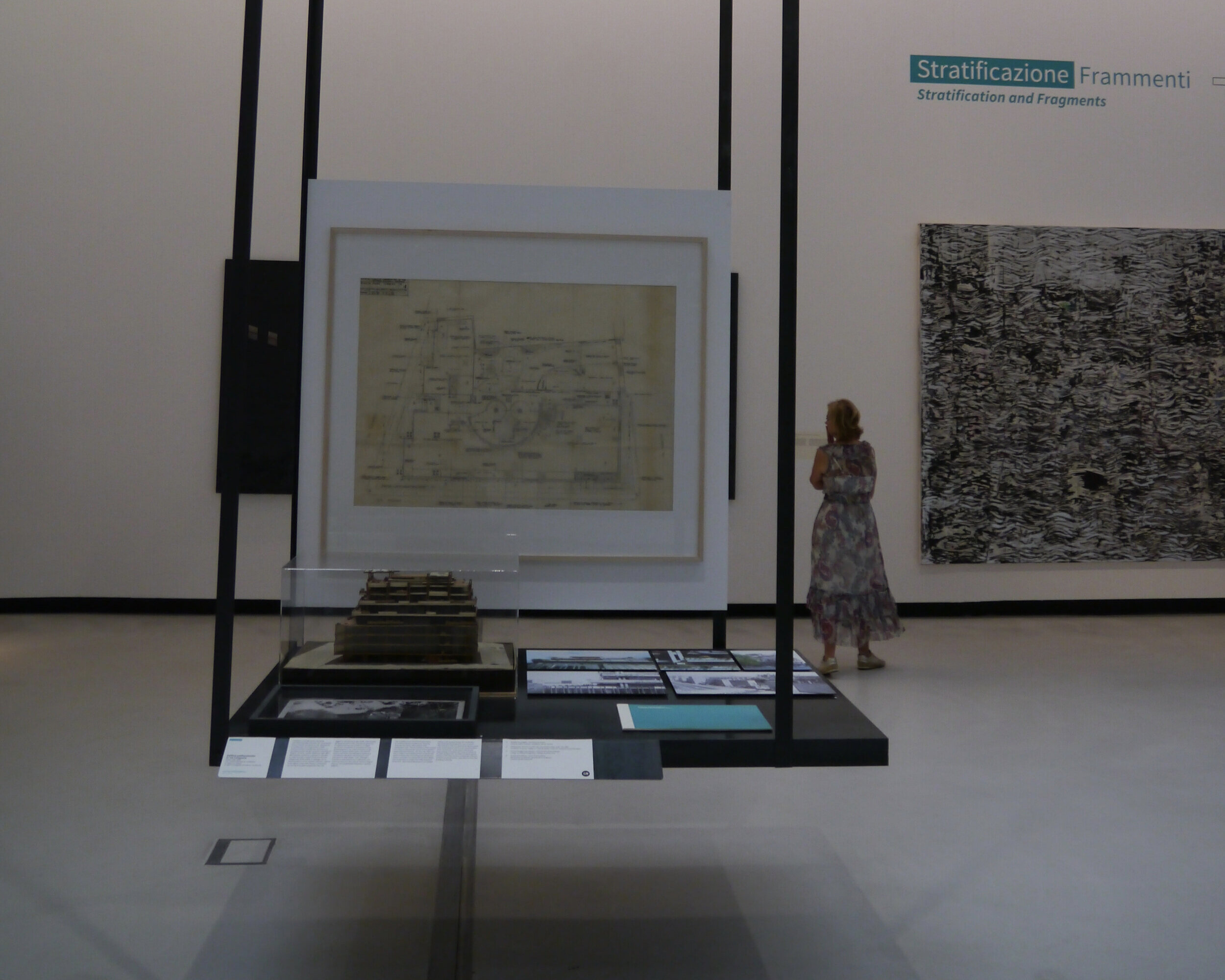
The display of the permanent collection worked to define a space within the larger gallery through the use of suspended horizontal surfaces. The added surface allows the flow of the walls and the floor to continue unimpeded through the exhibit. The frames operate as self contained exhibit platforms that provide a means for horizontal, vertical, and description at any point within the flow of the gallery. A Cartesian rigor and adaptability suspended into the fixed undulating flow of the gallery. Both work in relationship to define the space of human flow.
SUPERSTUDIO 50
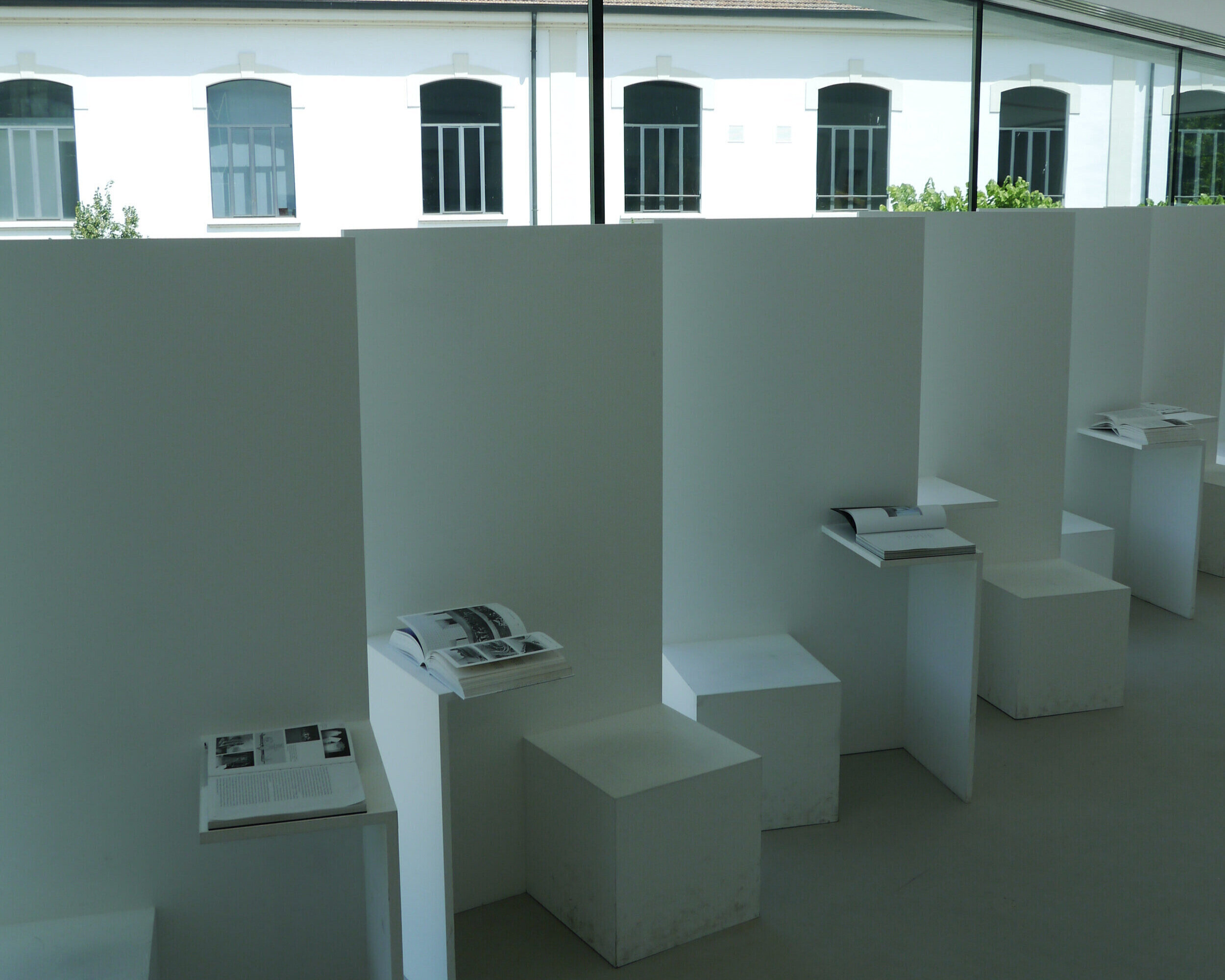

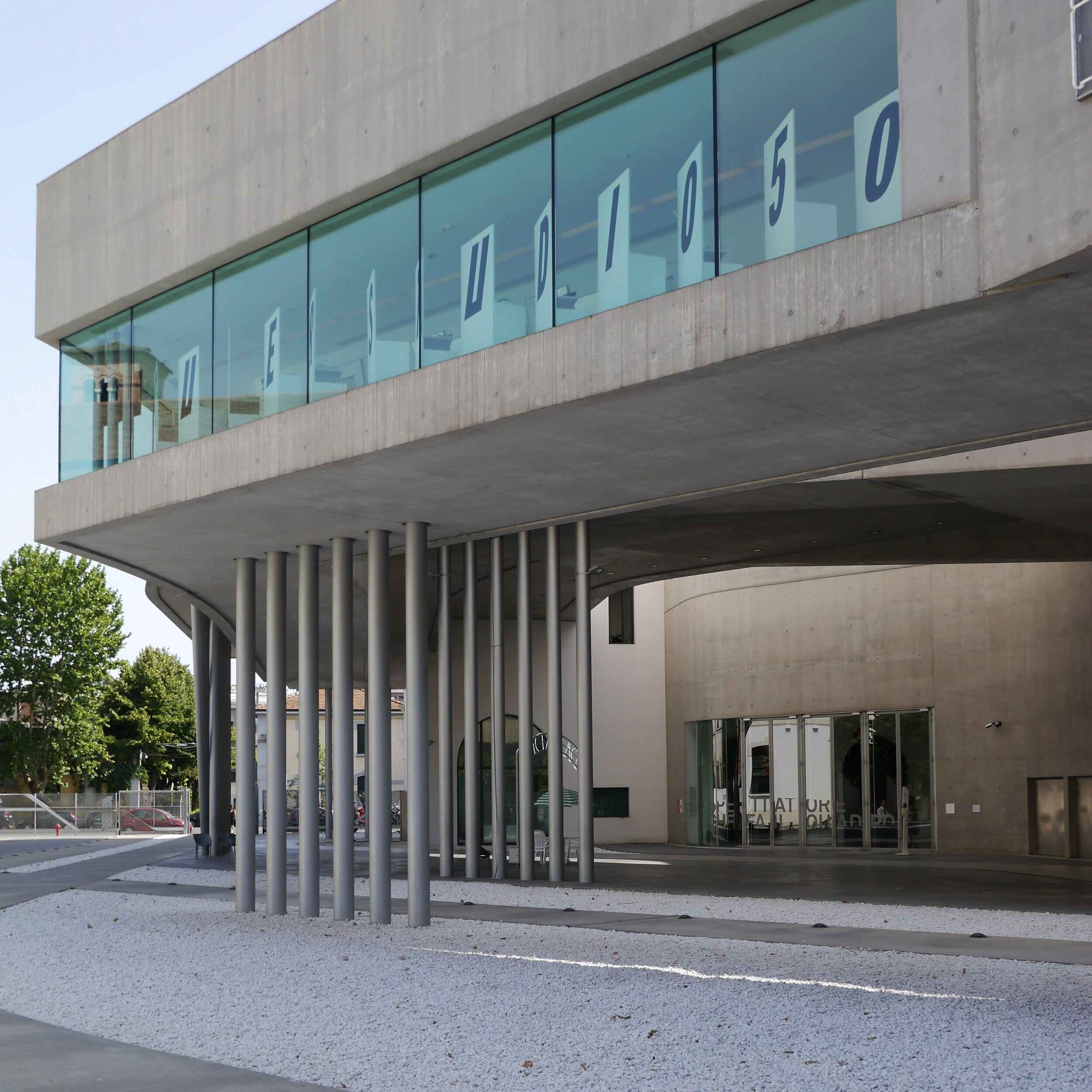
The SUPERSTUDIO exhibit used many strategies. The one which most intrigued me was the one which spanned from the human body to the city beyond. Fitting for a SUPERSTUDIO retrospective. A series of movable reading nooks provide a space to focus on the books of the exhibit and allow the body to develop a more comfortable posture and space off the main flow. This body defined space also held a corollary urban relationship by developing a segmented enclosure wall. It provides scale and a daylight filter into the interior and becomes the defining urban identity of the show as the panels spell out SUPERSTUDIO to the piazza and city beyond. A sign which is not static but one continually adjusting the exterior reading of message throughout the particular usage and engagement by the museum goers on the inside.
Mexico City
Walking Mexico City in 2017, I returned to the question of how the relationship between art and context is defined and experienced.
Museum of Modern Art, Permanent Collection, 2017

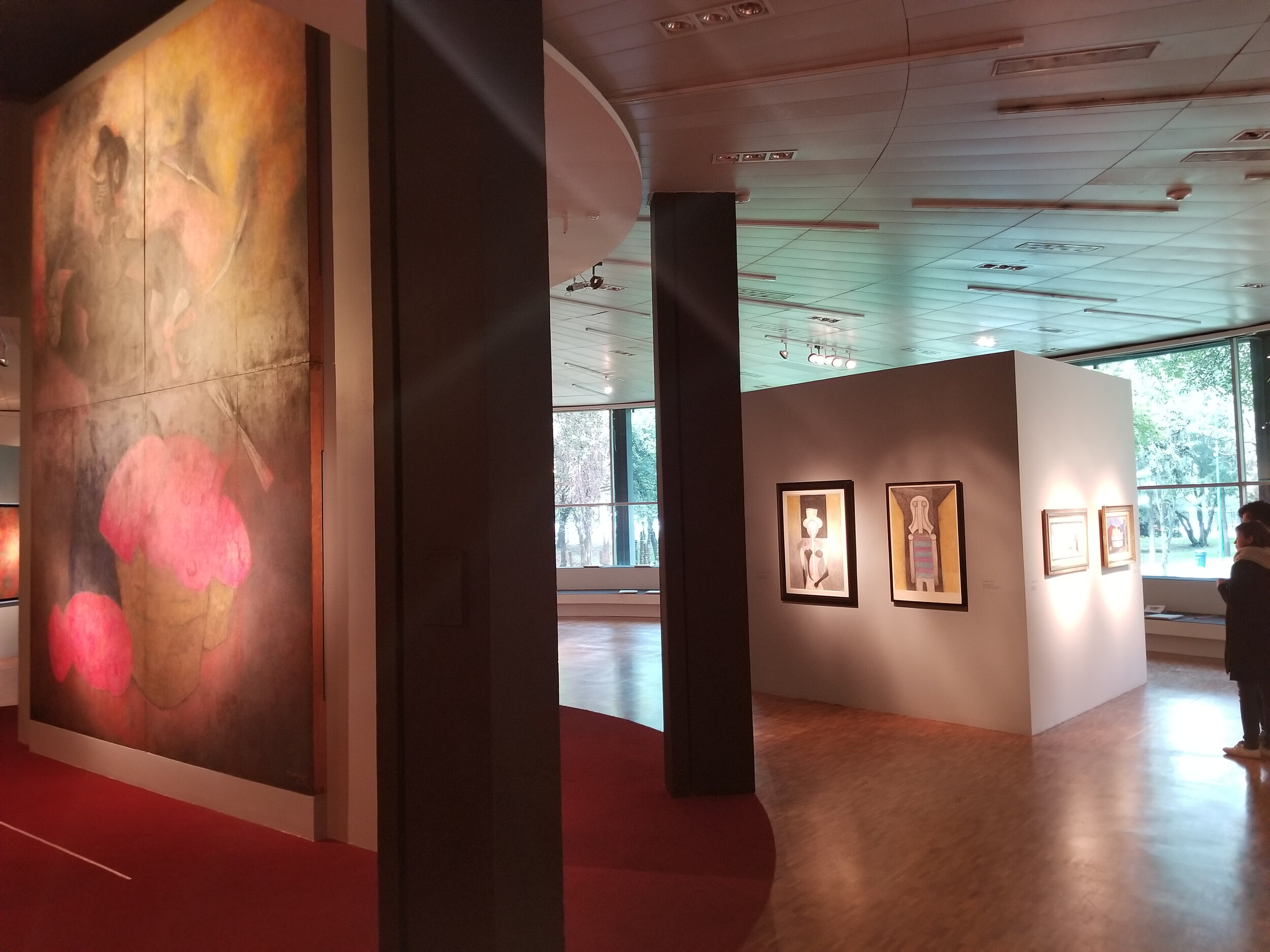
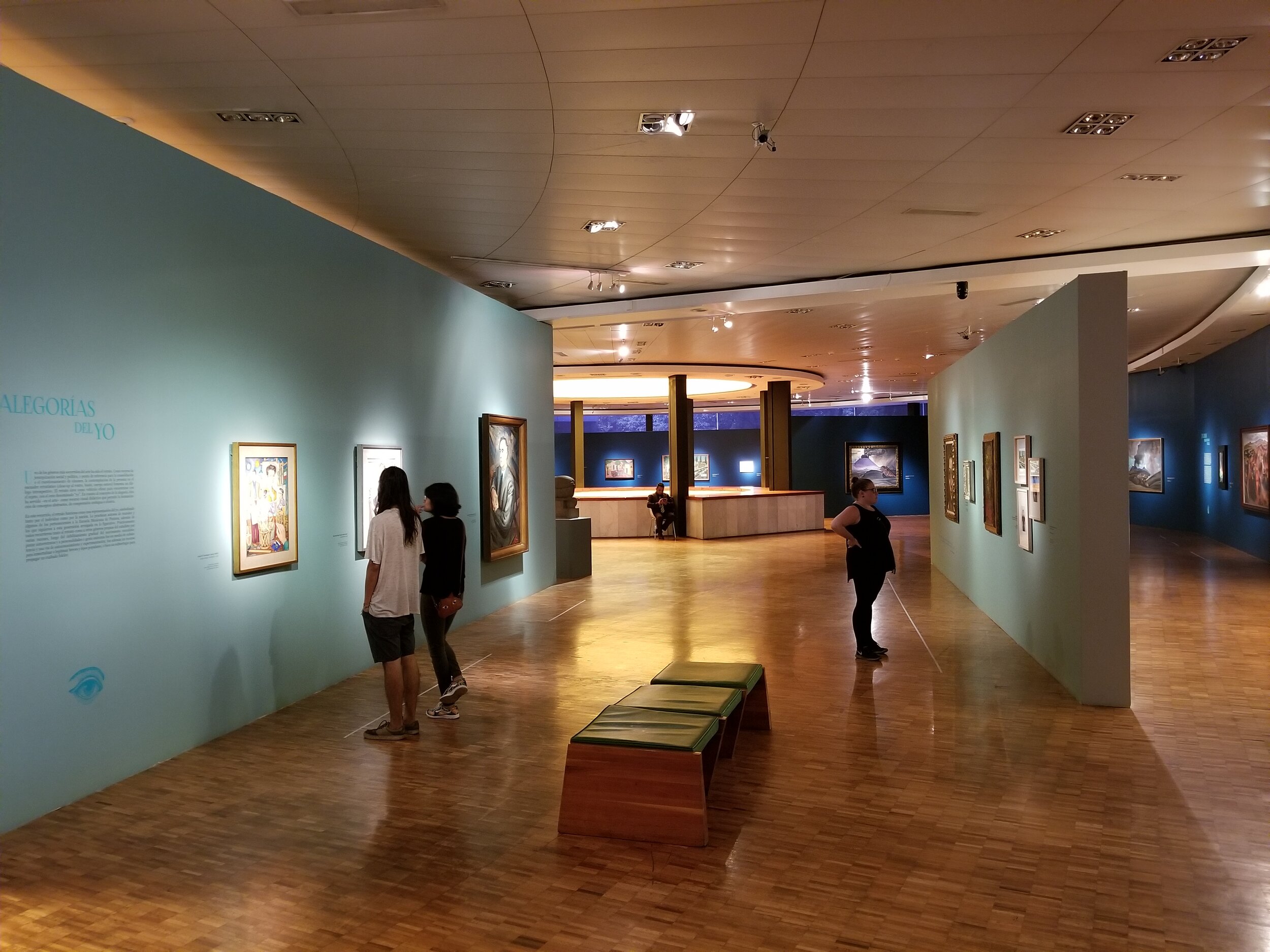

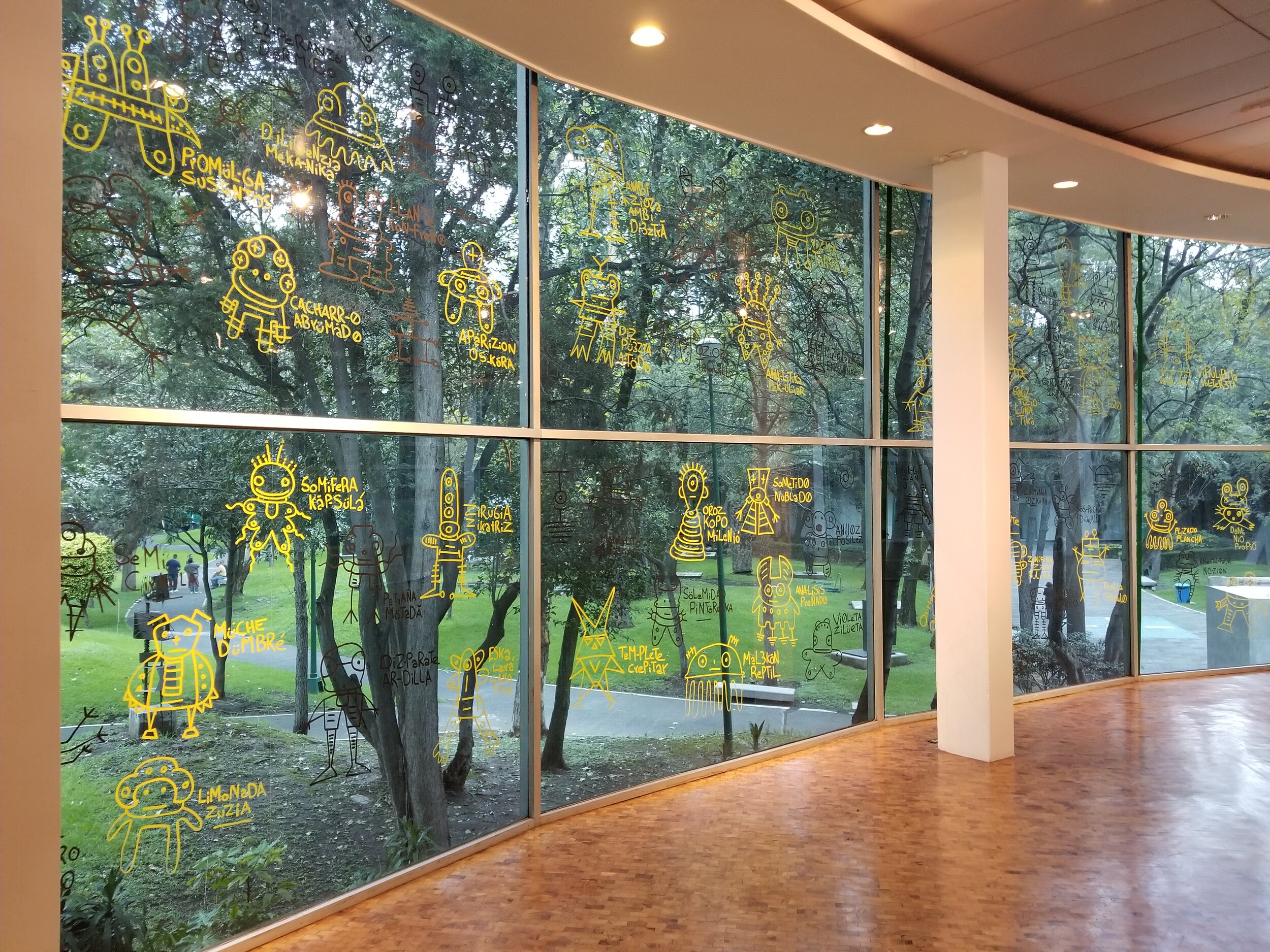
The Museum of Modern Art, similar to the MAXXI, requires curators to ask the question of how the art relates to the formal architectural context of the building. The geometry and form of the MAXXI was defined in relationship to a historic building, the roman neighborhood context, and natural light from above. The Museum of Modern Art relates not to an urban context but to a modernist abstract geometric context of the circle and the path of the sun. The circular main galleries are rigorously organized in reference to the circle. All structure, enclosure, views, systems, and daylight are organized and oriented in relationship to the center and radials. The distinct designed relationship to daylight and view is an aspect the Museum of Modern Art has in common with the MAXXI. The MAXXI calibrates the relationship to view and daylight through defined spatial apertures and fully diffused top light. A distinctly architectural response which removes the installation team from a need to consider daylight except for a few limited moments as seen with Superstudio 50.The Museum of Modern Art uses uninterrupted floor to ceiling curtain wall at the perimeter of the gallery to fully engage the surrounding tree canopy of the park in which it is situated. The gallery balances this light with an intense pool of warm daylight which emanates from central skylights throughout the gallery. This provides the curators and installation design team with the agency (some would claim requirement) to define the relationship the art and viewer has to daylight and view. This act subsequently designs a relationship to the abstract and natural context. During my time in the museum this was accomplished with a series of wall planes that stop just short of the ceilings. If the MAXXI is a linear flow through various surface strategies the Museum of Modern Art is a walk defined by an ebb and flow from center to edge. Between a warm centralized light to a cool expansive light with surfaces of art shifting attention and focus.
Trotsky Museum, Permanent Collection, 2017
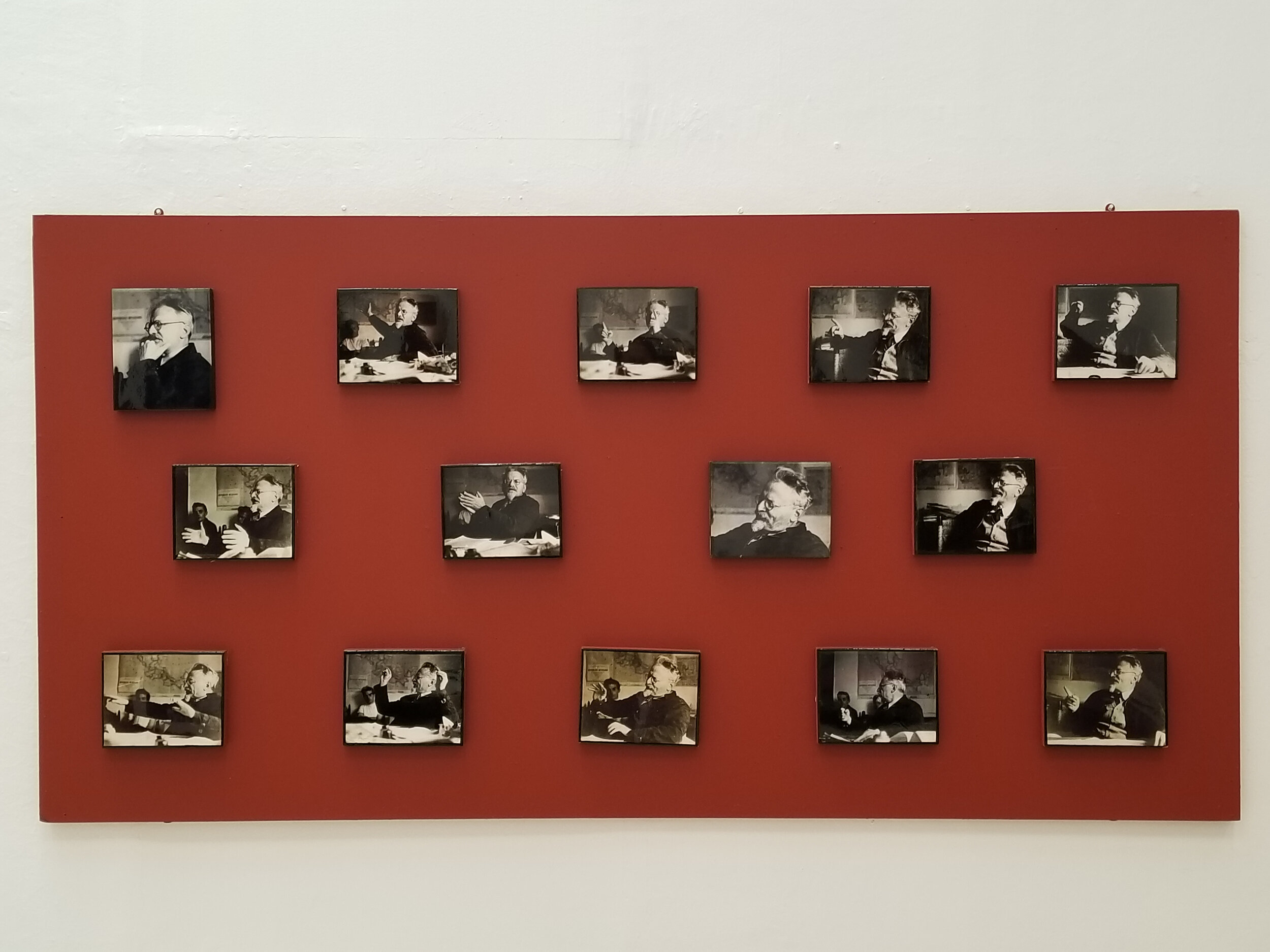
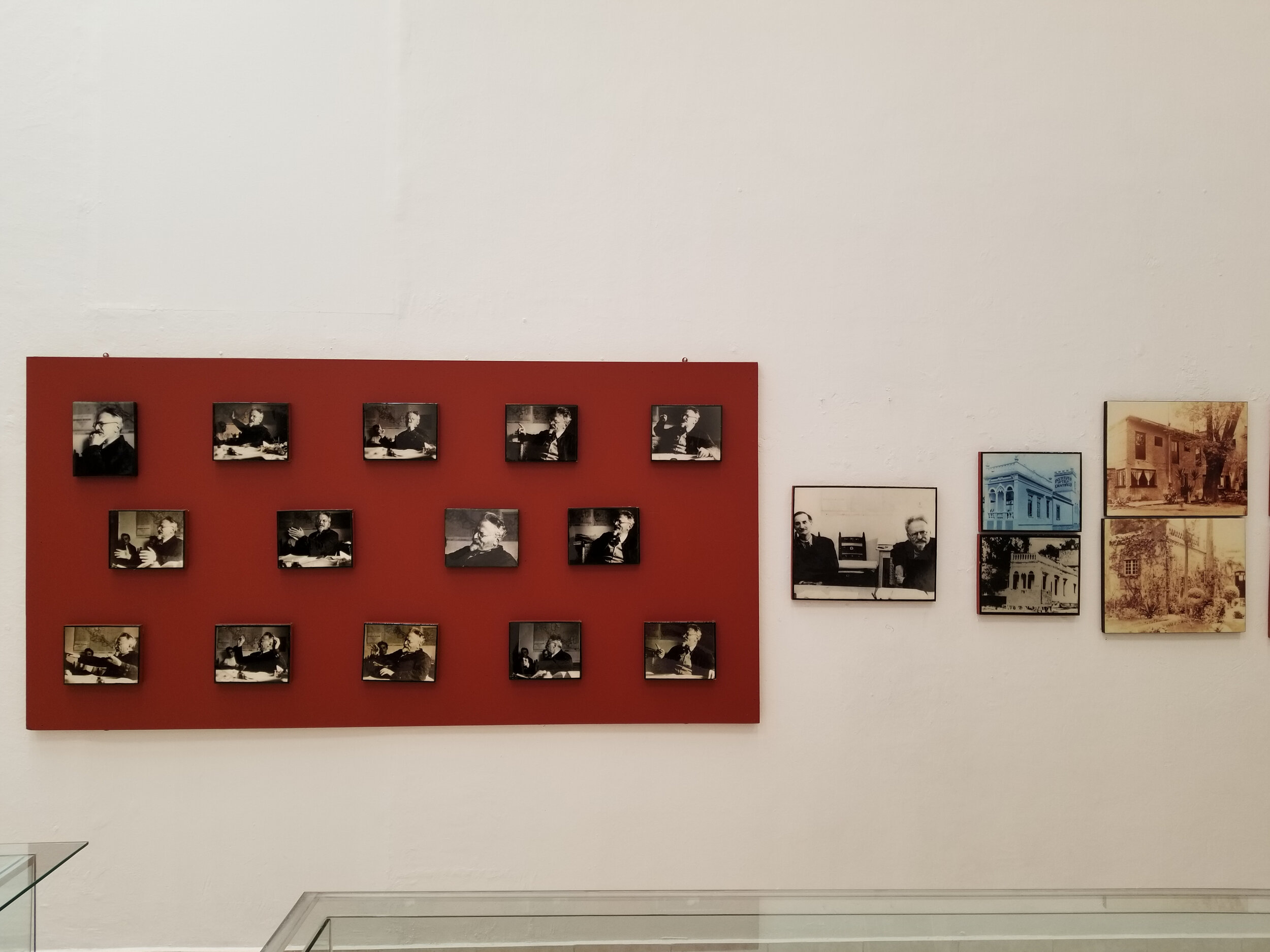
The photo collection in the Trotsky Museum is a more subtle response to the question which I found fitting to the subject at hand and the scale of the body being considered. By downsizing the space and primary wall surface to a tertiary space I was able to focus and appreciate the character and nuance of this larger than life historic person. The raised red wall plane placed the individual photos of Trotsky in a distinctly singular environment but one which remained in relationship to the scenic and contextual photos adjacent.
Secretariat of Public Education, Courtyard Murals, 2017
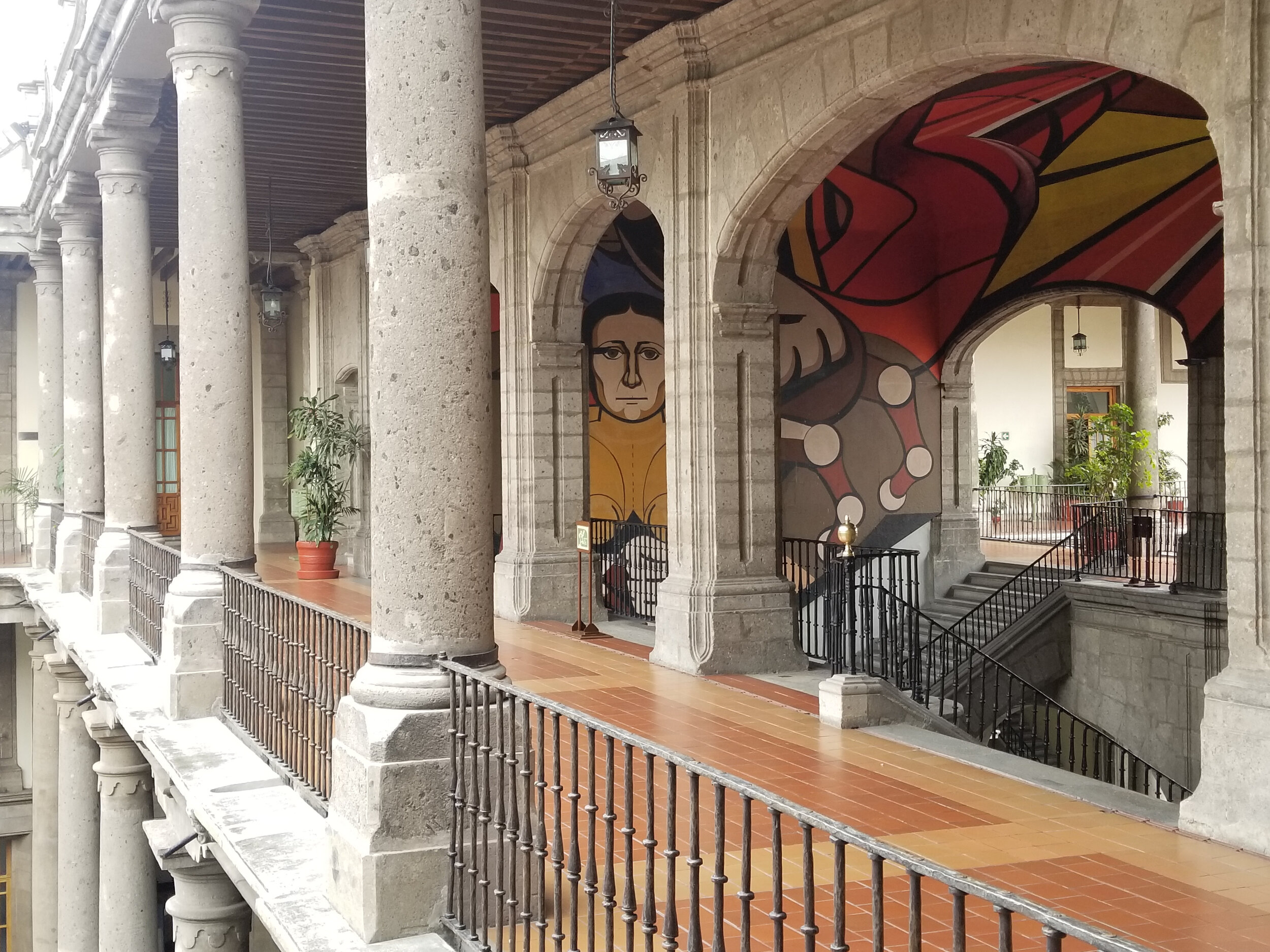
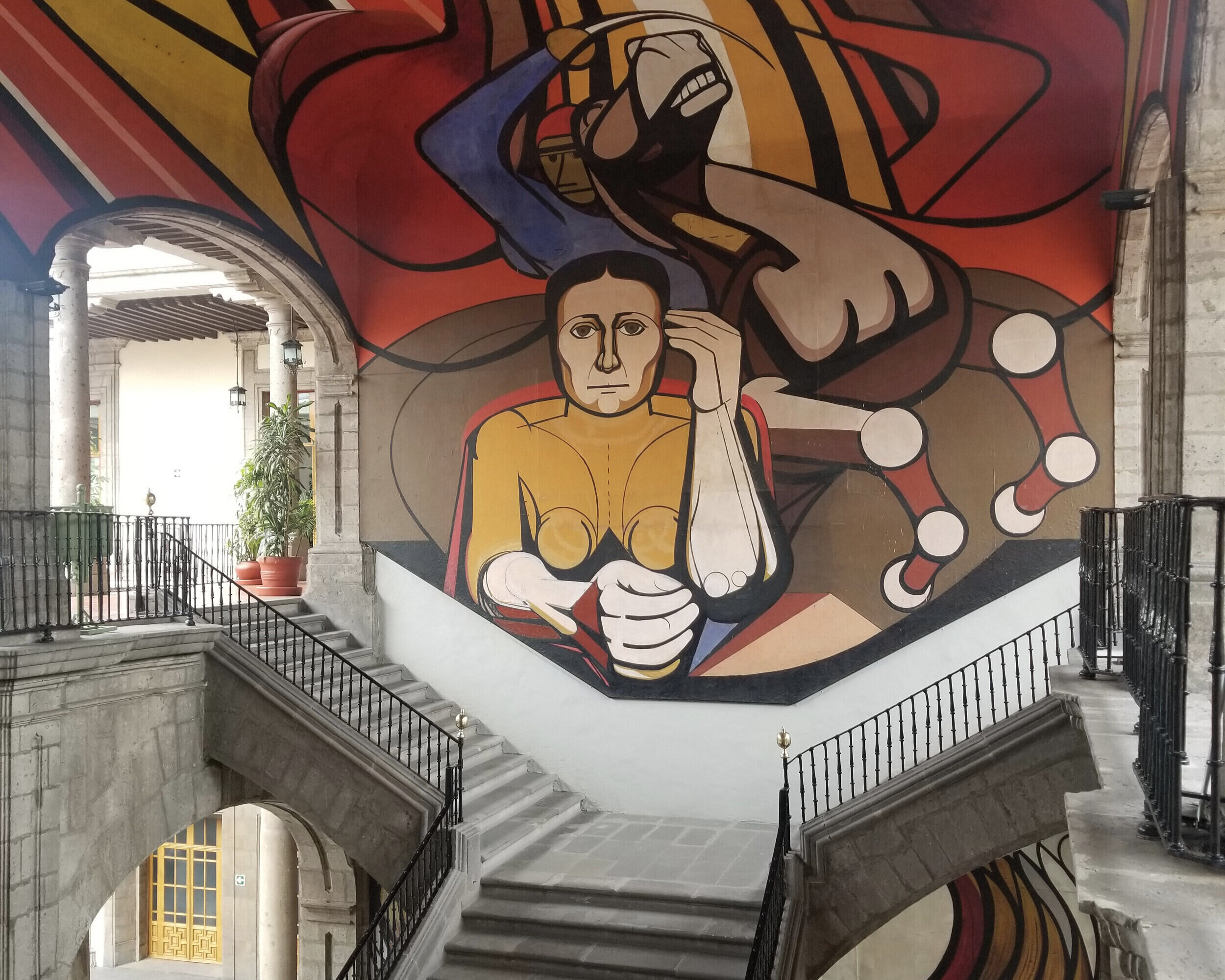
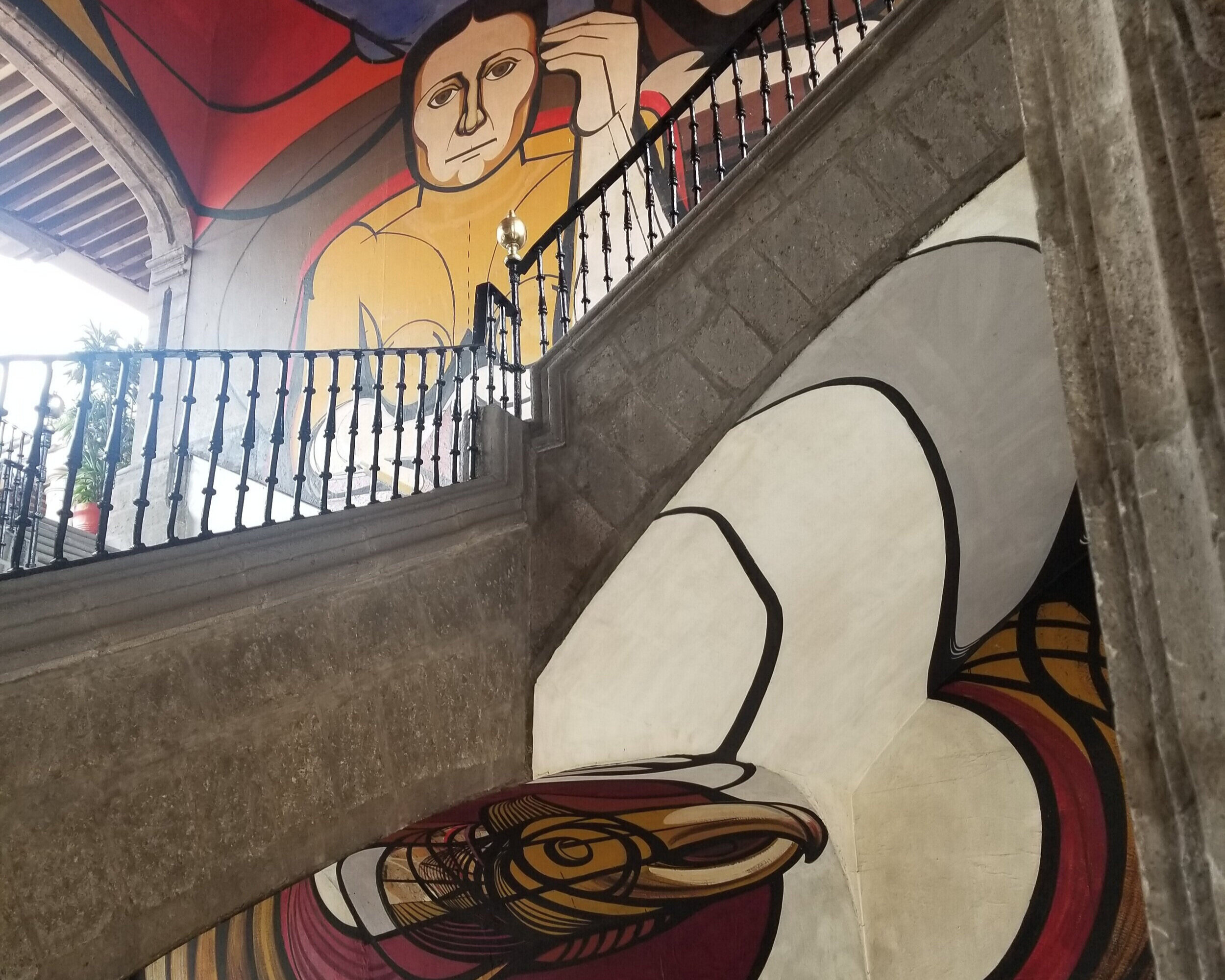
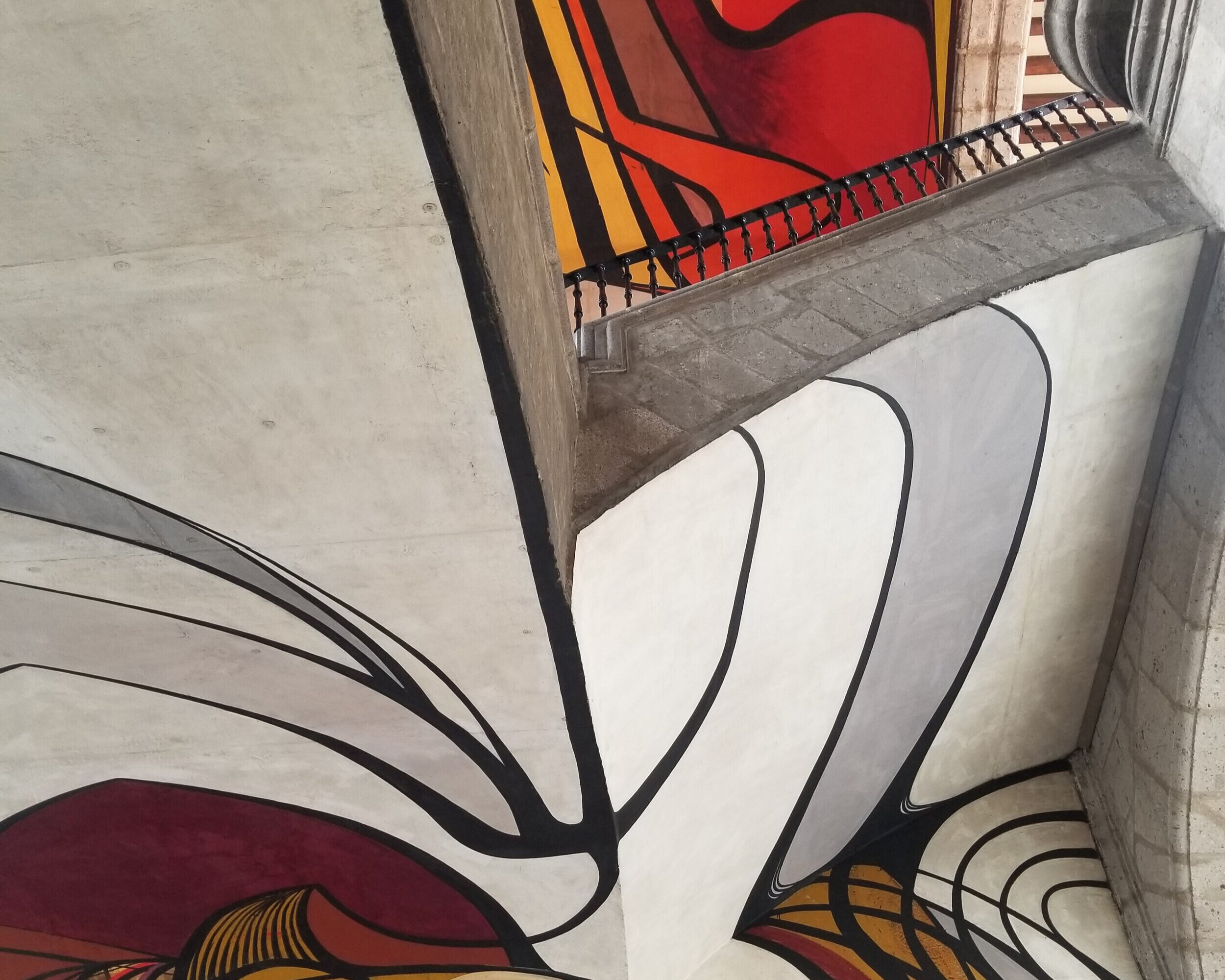
A canvas supports a stair. Repeatedly walking this stair in the Secretariat of Public Education moments shift to define three different experiences. The building framing the work. The stair defining meaning by segmenting the canvas and orienting the viewer through a series of 90 degree turns. Finally, a few compelling moments where the canvas is whole and visually supports or negates the surrounding architecture. The architecture provides a direct canvas but ultimately is defined by the art. They become mutually defined and co-created.
New York City
Parsons MFA Open Studio Show, 2012
How secure is our connection to our surroundings? A slight and continuous breeze reveals tenuous pins holding a vision and voice. The canvas and voice supported through the movement of air while being constrained by connections typically minimized or hidden. The wall surface is no longer the primary context of the work. Connecting a voice in harmony with the breeze comes to define the experience and meaning.
A full consideration of surfaces cannot be complete without a view toward how we are connected to the surfaces, people, and environment around us. Environments which have the potential to define us not through separation but through a more thoughtful exploration of how we connect and it is through connection regardless of distance that strength and support is produced.
________________________
Surfaces considered as I walked Rome, New York, and Mexico City…


